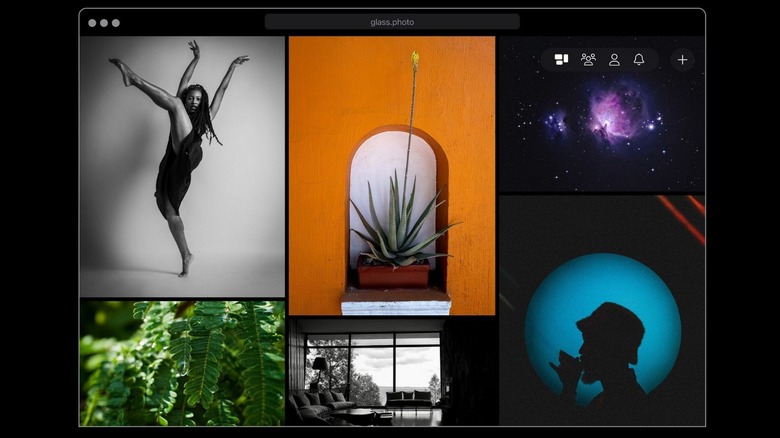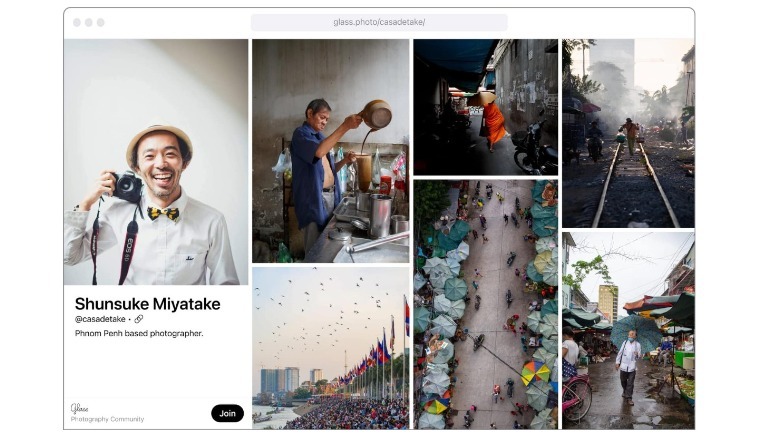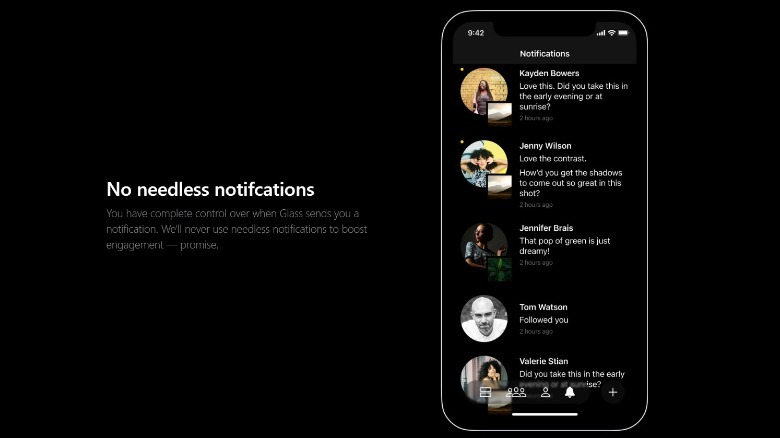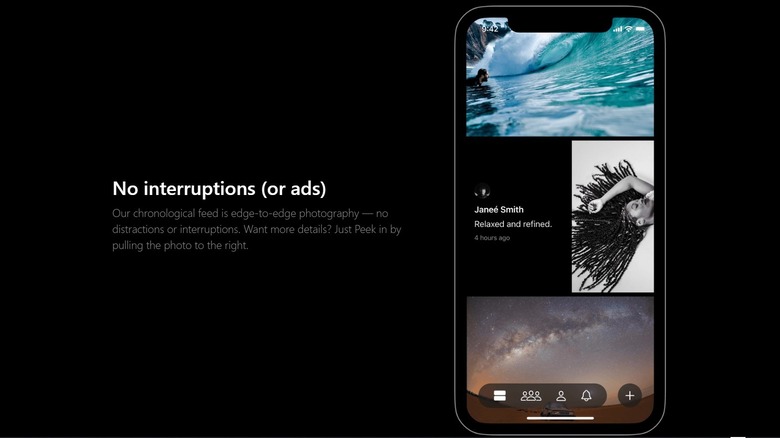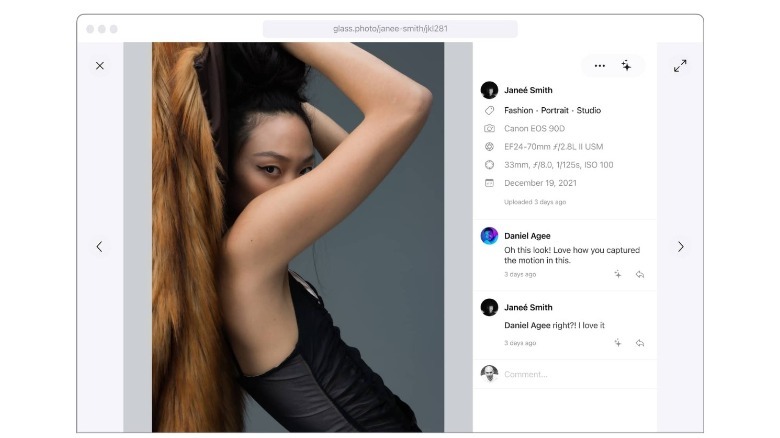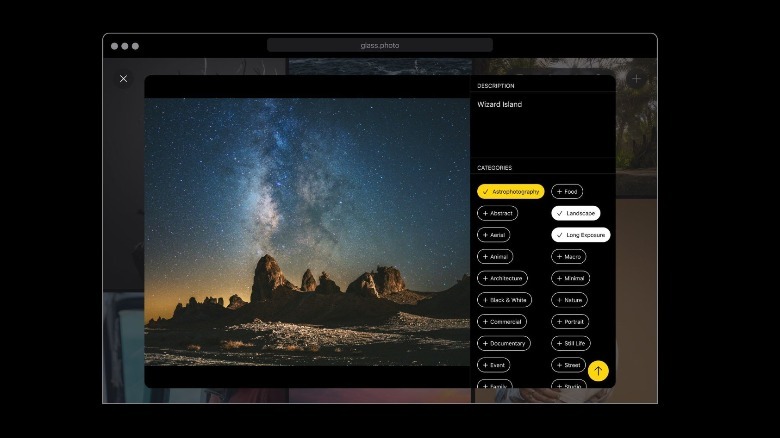This Rising Instagram Alternative Is Promising Everything Meta Can't
Instagram is going full-throttle on videos whether you like it or not, leaving its photo-sharing roots far behind. Going a step further, Mark Zuckerberg has just confirmed that the amount of content from unknown accounts you see in your feed is going to double next year. If you're growing tired of this relentless video push and looking for a no-fuss online photo-sharing haven, Glass just might be your answer.
Starting off as an iOS app late in 2021, Glass calls itself "a sustainable home for photographers." But it's a far cry from Instagram or any other platform of its kind. To start, you get a clean chronological feed with full-screen photos and no other UI distractions. There are no ads. There isn't any content recommendation algorithm at play here, which means you won't see content from accounts you don't follow. In fact, Glass will also save you from the anxiety of seeing a likes count.
Instead of likes, you get Appreciations, but they aren't directly visible alongside a number. Plus, you will only be assigned a public profile if you want to manage one for showcasing your photography chops. For discovery, there are simple categories. Talking about photography chops, each photo uploaded on Glass shows the complete EXIF data. That means details like sensor make, aperture, shutter speed, ISO, exposure, and similar can all be easily checked out. Plus, the platform also offers P3 color gamut support. In a nutshell, it's almost perfect for creative folk who love photography.
The anti-Instagram
But there are a lot of other ways that Glass stands out. Unlike Instagram and its unwillingness to make an iPad app, Glass got its dedicated app for iPadOS in February 2022, providing a larger canvas for viewing photos in all their pixel-dense glory. Yes, media consumption, especially for creatives is best experienced on a larger screen, which is why Glass' web client loads high-resolution photos after showing a low-res preview.
However, don't mistake it for a locked ecosystem. Glass founders told TechRadar that the app was built for "photographers, amateur and professional alike." And unlike Instagram with its risk of social media addiction, one of the platform's creators Stefan Borsje told Protocol that they "don't think you open the Glass app to get hooked and just doomscroll for like two hours." Tom Watson, the other founder of the app, previously worked at Facebook and Pinterest. But here's the biggest difference.
Glass is a paid subscription-based app, which costs $5 per month or $30 for an annual plan — plus, it requires an Apple ID to sign up, but that is about to change soon. The founders are of the opinion that a paid platform reduces toxic interactions that are everywhere on a free service where users have little to lose. Plus, this is a bootstrapped project without any pressure from VC backers or deep-pocket investors. Glass essentially borrows Instagram's photo-sharing DNA, but puts it to better use, for a price.
